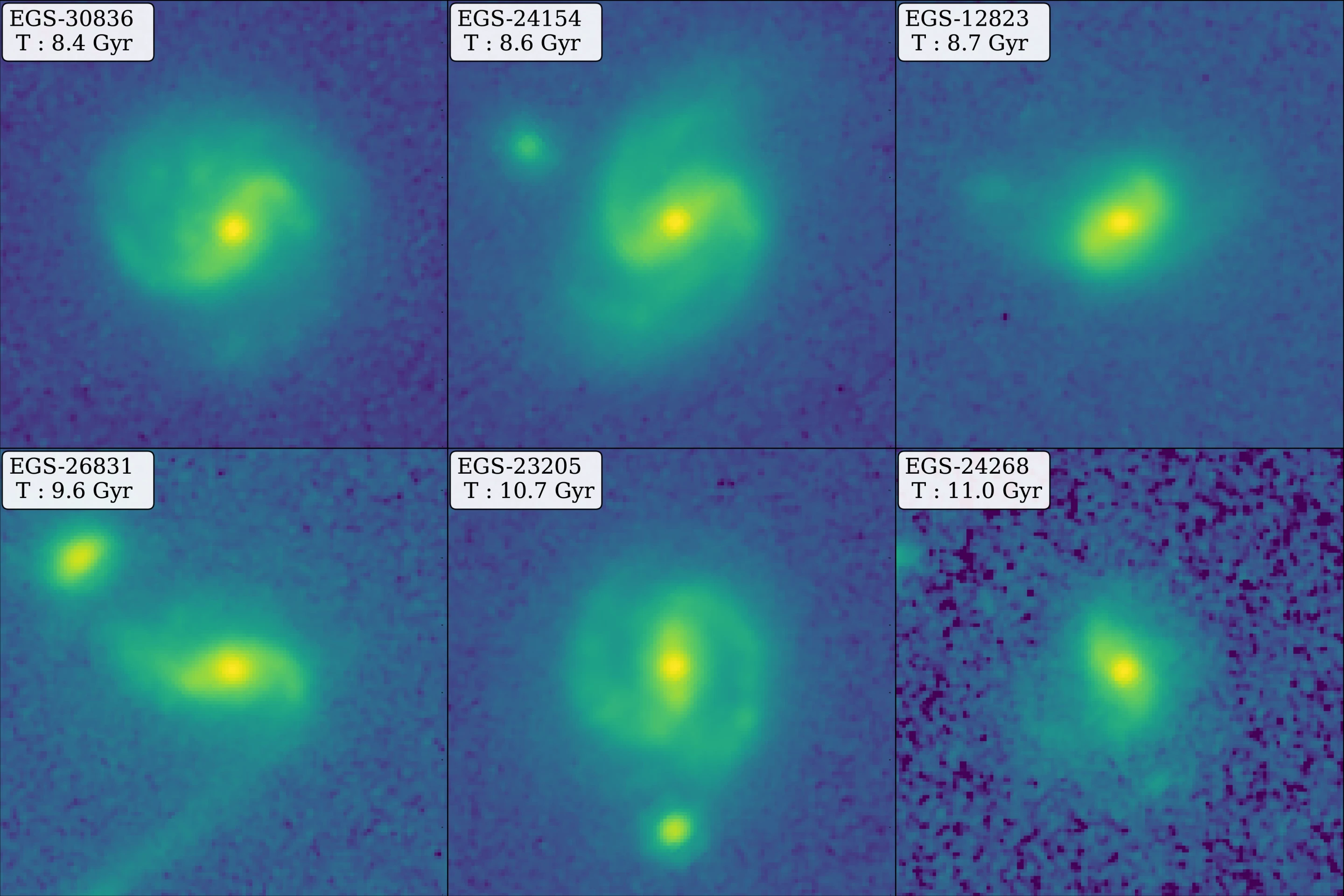The James Webb Space Telescope continues to probe greater depths of space and time than any other observatory. Now, the instrument has discovered galaxies with a structure like that of our own Milky Way 11 billion light-years away, which raises questions about our understanding of galaxy formation.
In our modern universe, about two thirds of all spiral galaxies are “barred,” meaning they have a huge structure that resembles a bar running through their center. This is made up of gas and dust being funneled from the outer reaches of the galaxy into its core, fueling star formation and the growth of supermassive black holes.
“Bars solve the supply chain problem in galaxies,” said Shardha Jogee, an author of the study. “Just like we need to bring raw material from the harbor to inland factories that make new products, a bar powerfully transports gas into the central region where the gas is rapidly converted into new stars at a rate typically 10 to 100 times faster than in the rest of the galaxy.”
It’s generally thought that these bars appear at a certain stage in a spiral galaxy’s evolution, as they reach a kind of “maturity.” Studies have found that the percentage of galaxies with bars drops the further back in time you look, and it was thought that before a certain point there shouldn’t be any barred galaxies in the universe, because there hadn’t been enough time for them to develop.

But now, the James Webb Space Telescope has shaken up that assumption. The observatory was designed to look farther back in time than any before it, thanks to its large primary mirror, while its infrared instruments allow it to peer through dust that obscures visible light telescopes like Hubble.
For the new study, Webb examined a series of distant galaxies previously observed by Hubble, to see if it could detect new details in their structure. And sure enough, bars were clearly visible in several of them, which had previously just looked like circular smudges.
“I took one look at these data, and I said, ‘We are dropping everything else!’” said Jogee. “The bars hardly visible in Hubble data just popped out in the JWST image, showing the tremendous power of JWST to see the underlying structure in galaxies.”
The kicker? These galaxies were between 8 and 11 billion light-years away, meaning they’d grown to that advanced stage far sooner than thought possible. That could change our understanding of the evolution of galaxies in general.

In future papers, the team plans to test different models of galactic evolution to find the best fit to the new observations.
The research is due to be published in the Astrophysical Journal Letters.
Source: University of Texas





